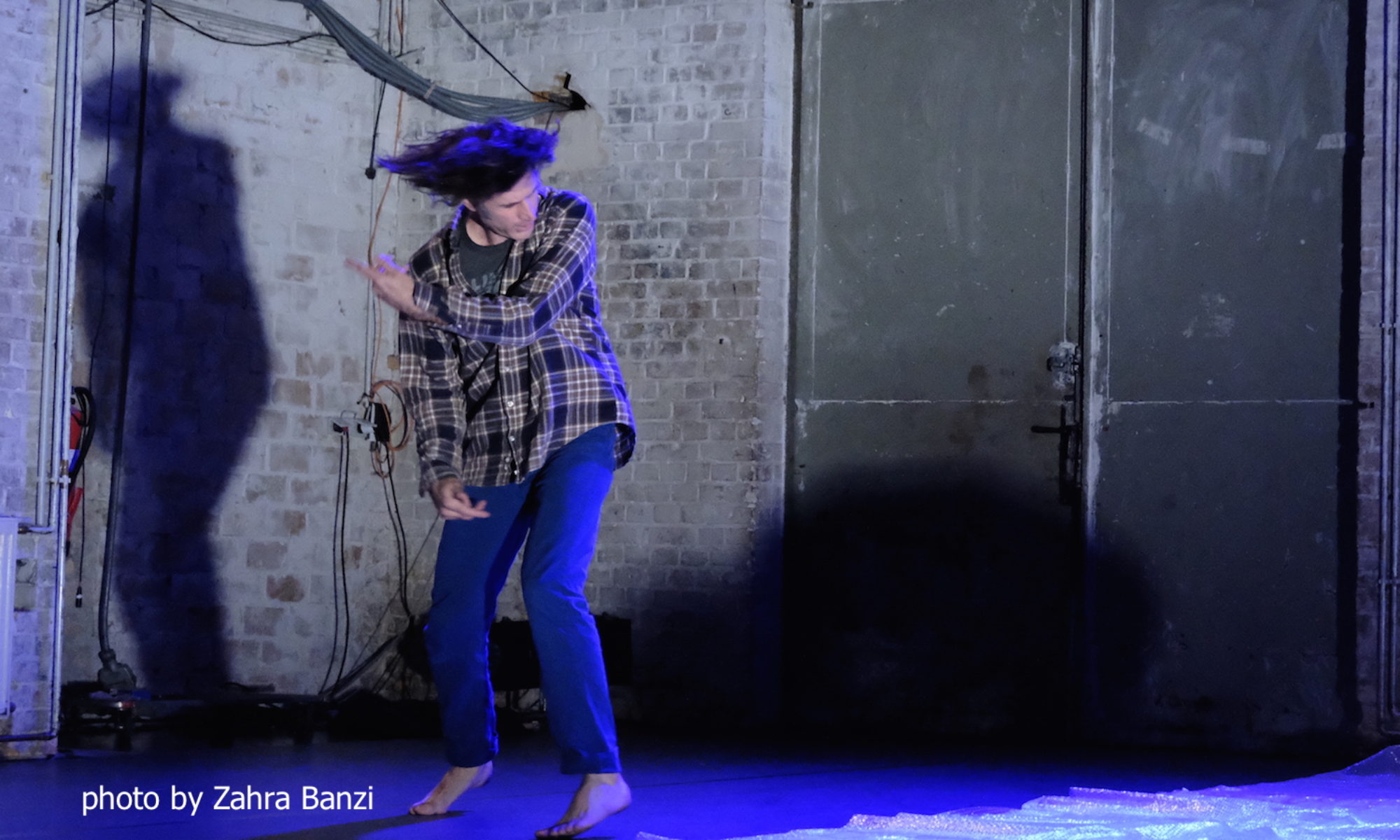Last night I went to see Nah Dran XXII at ada. Didn’t know anyone on the program, but it is a theater nearby AND I didn’t know anyone on the program. Off I went at 5 past 8. Took me all of 4 minutes to bike to the theater. And found parking right away.
I enjoyed about half of the performance. Most of it, if I just viewed it as cool moves in time and space with some sounds. But after reading the program about how do people connect and trust and does this character want to leave her spot…blah blah blah de#$!@blah…
Anyways that is not what I am here to talk about. Upon reading the program, I was surprised to see a friend was performing. She had been pulled into the performance a week ago due to an injury of another dancer. I enjoyed that piece. It has a fruitful structure. While she and I chatted after the performance, she asked me why I had come to the performance. Did I know anyone in the show or had I seen any of the other performers’ work. I had not, I replied. A look of what I took as surprise came over her face. Why surprise? That I would go see work of people I don’t know?
Regardless of what was going on in her head…it is important for artists to see work. Yes, we all know this, but I think that we forget it. And I would venture to say that it is more important to go see work by people we don’t know and aren’t friends with. *** Birds of a feather flock together, so your friends probably have similar interests in performance, whether in tool, aesthetic or logic (2 out of 3 at least, another ventured guess). And seeing work by people unknown to you will broaden your horizons.
I have heard several choreographers on different continents and different sub-genres of contemporary dance say that they are tired of going to see work – they don’t like what they see (so has performance been reduced to entertainment?) or they don’t have time to see other work after their rehearsals/performances and seeing their friends performances (see *** above).
In summation – go see work and a lot of it!


